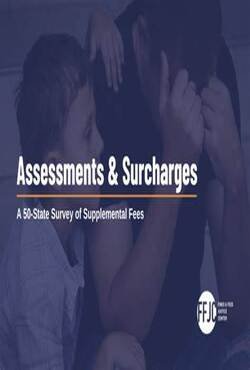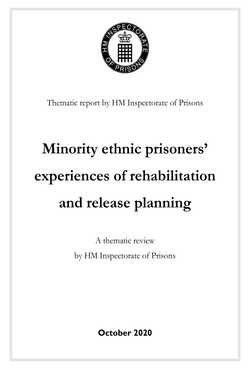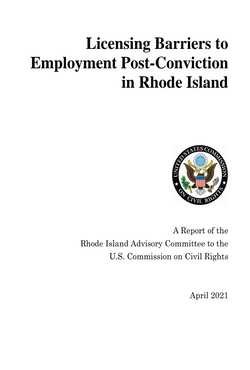By Viet Nguyen
Criminal records can produce collateral consequences that affect access to employment, housing, and other outcomes. Adverse collateral consequences may be particularly acute for adults with limited professional capital and social networks. In recent years, there has been an expansion of prosecutor-led diversion programs that attempt to curb the effect of collateral consequences. However, the expansion of diversion programs may lead to net-widening if these programs simply substitute for cases that would have otherwise been dismissed. This study assesses the impact of an adult, misdemeanor diversion program on long-term recidivism outcomes and the future amount of court-imposed fees and sanctions. The misdemeanor diversion program reduced reconviction rates but produced a short-term net-widening effect by drawing in defendants whose cases would normally have been dismissed. The net-widening effects were curtailed over the longer term as the program significantly increased expungement rates. The results were driven by younger defendants. Implications of this study for theories of criminal desistance and policies around expunging criminal records are discussed.
Philadelphia: Working Paper, University of Pennsylvania, Criminology2022. 43p.





















